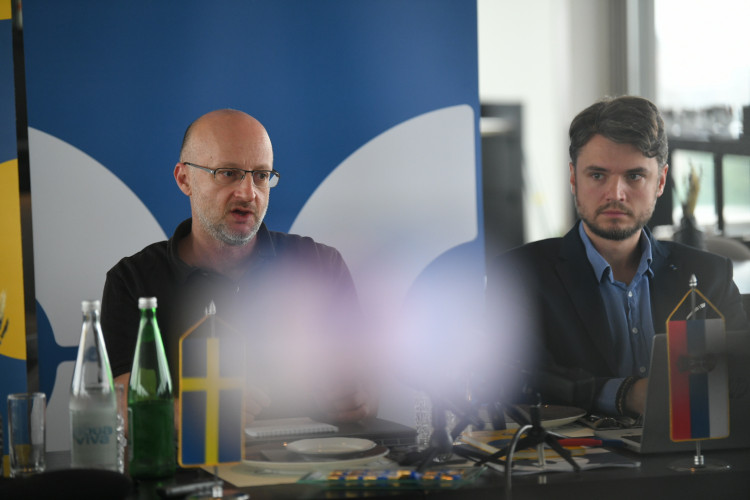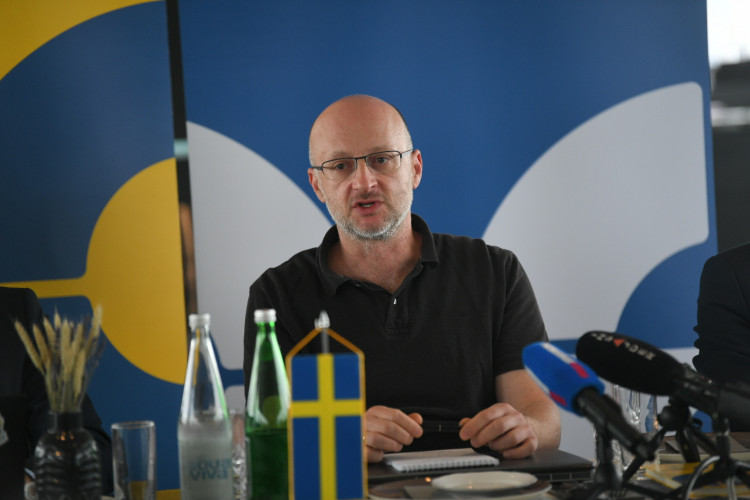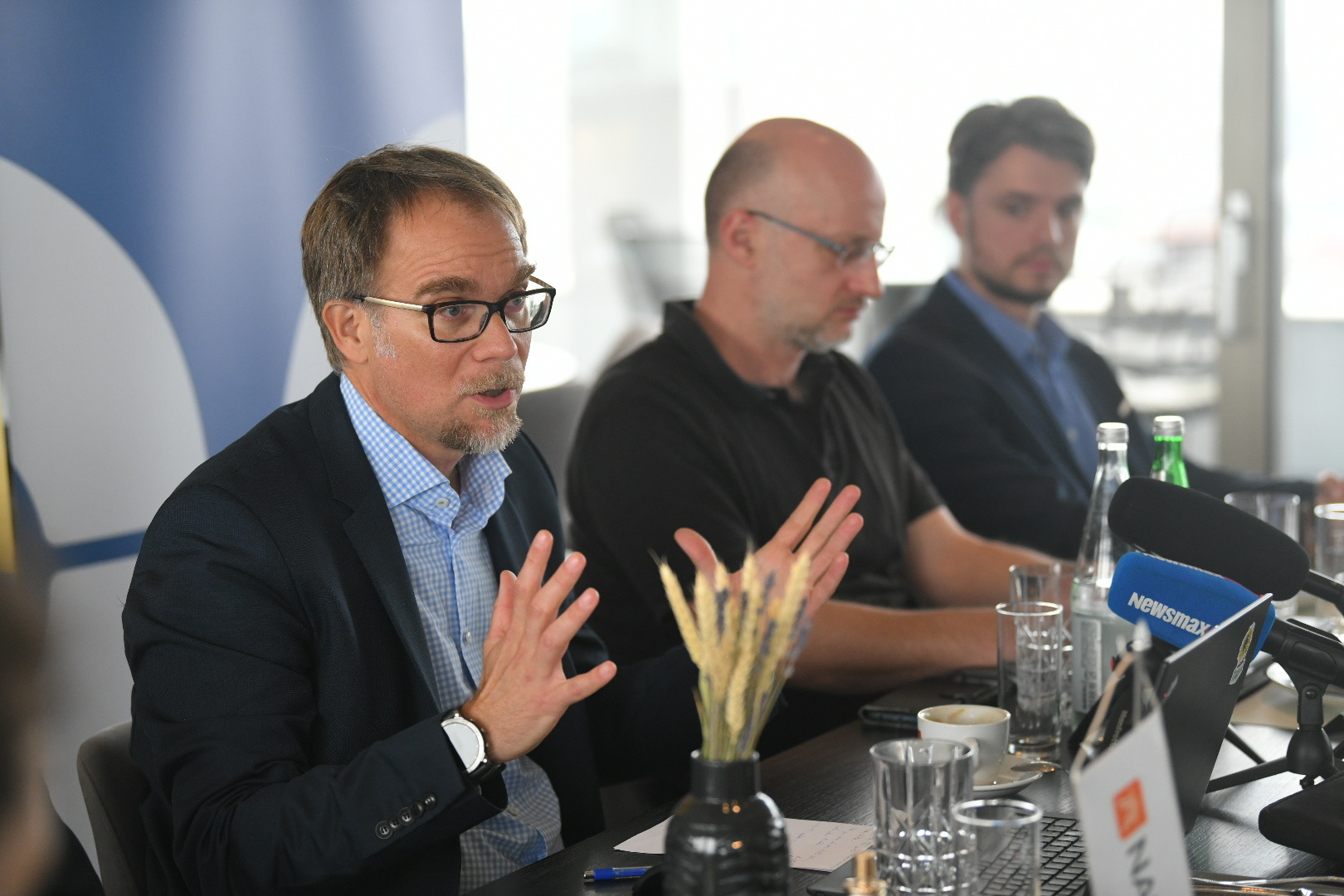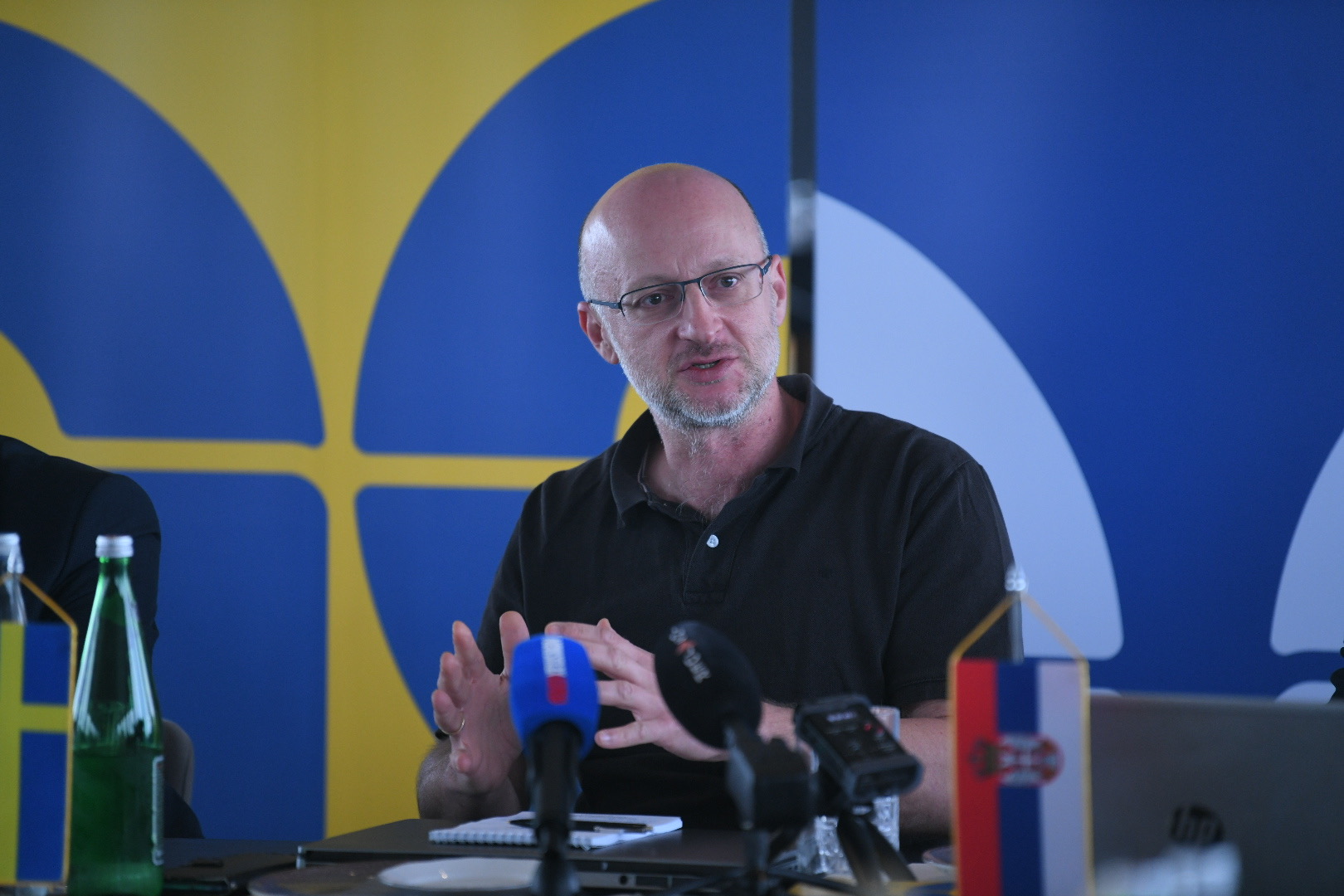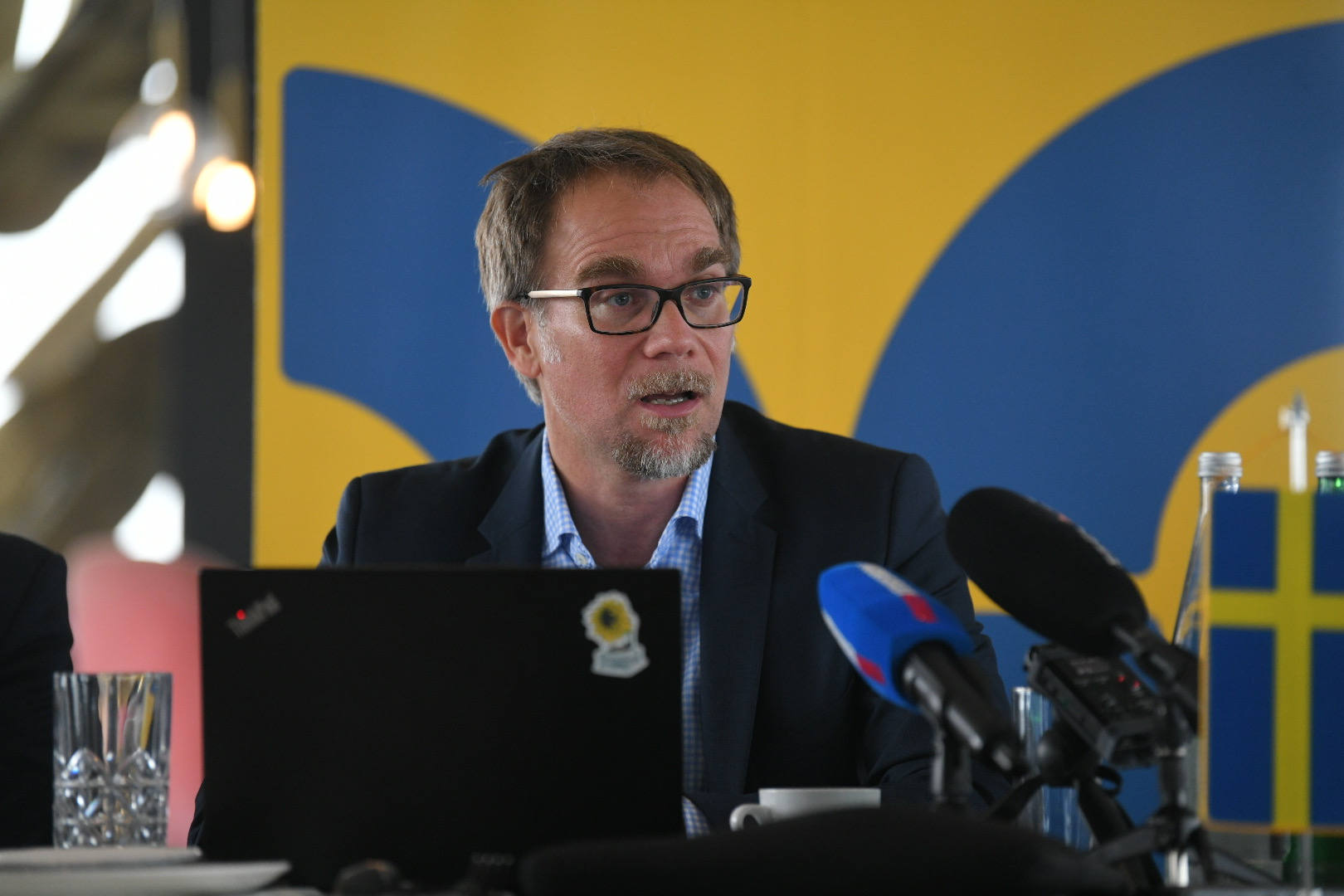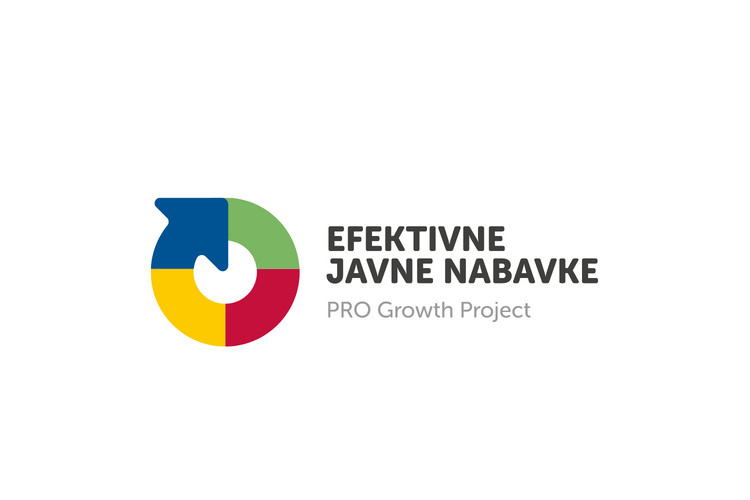In more than 90% procurements, price is still more important than quality
For procurement of software development, consulting or architectural services, selection of bidders according to the lowest price is not the best solution and cannot be a decisive criterion, and yet, in the previous period, contracting authorities observed only price in 93% of these public procurements, it was stated at a media workshop on the importance of greater application of the quality criteria, i.e. the selection of the most economically beneficial offer.
According to NALED, when planning procurement, contracting authorities need to research the market in order to better compile technical specifications, specify the subject of procurement and carefully choose additional conditions for participation, in order to encourage competition, instead of restricting it. Although 87% of clients have heard of the quality criteria, only a third use them, which indicates the need for training in order to apply them consistently and successfully.
- Since the beginning of implementation of the new Law on Public Procurement, competition has increased and, observing the example of procurement of architectural services, we can see that the share of procedures with one or two bids has been reduced from 83% to 69%, but it is still a high percentage. The price remains the key factor for contract award in as many as 95% of cases. With more offers, we have more competition, and with more criteria, better quality, because the lowest price can often lead to additional costs - said Nikola Komšić, Policy Coordinator in NALED.
Analyzing hundreds of procurements, especially for programming services, a great use of the negotiating procedure without an announced open call was noticed, the criteria limited competition and often did not meet the specification. It is also indicative that in two thirds of the analyzed procedures, the estimated and agreed value were identical. The average number of bids in these procurements was 1.12, while price was the deciding factor in 96% of cases.
A similar situation was observed in the procurement of consulting services (translation, consulting, project preparation and monitoring) where the quality criterion was used in less than 10% of procedures, and the number of bids for procurement was below the national average of 2.5. These procurements involved examples of restrictive conditions – requiring a translation bidder to have contracts with 10 court interpreters for each of the 10 different languages or that the bidder has at least 10 lawyers, at least two of whom have advised a public partner that developed the project of constructing a public garage.
Analyzes of the state of public procurement in three areas were made within the project "Effective public procurement in the service of economic growth". The project is implemented by NALED, with the support of the Swedish International Development Agency (Sida). The goals of the project are to promote greater application of "green" and social criteria in public procurement, as well as to support the improvement of the system through the development of a mobile application for procurement, eLearning platform and register of bidders.
- At the same time, Serbia should solve all weaknesses in the procurement system. The priority is to open competition for all works, goods and services that are paid for with public money, which is not the case at the moment. It is equally important that customers receive services and goods of appropriate quality. Just as each of us, when ordering something for ourselves, carefully weighs between price and quality, so should public sector customers. We are aware that it is not easy and within the project we tried to help them through specific tips for preparing tender documents and instructions for evaluating bids - said Nemanja Nenadić, Program Director of Transparency Serbia, which is a partner on the project.
In Slovenia, more than 15,000 procedures are performed annually, worth more than six billion euros (more than 12% of GDP), and it is important that the state skillfully manages consumption, but also nurtures the strategic elements of procurement.
- The key to successful procurement is a transparent system, professional civil servants and a digital environment that must rely on a fair market, accessible to all. Our research has shown that each additional offer can reduce the price by about 4% on average. We are in the process of developing IT solutions not only for transparent public contracts, but also for up-to-date spending on those contracts, which will be available to the public. But, in addition to all this transparency, it is important that we have independent institutions and control mechanisms - said Sašo Matas, Director of the Public Procurement Agency in Slovenia.

